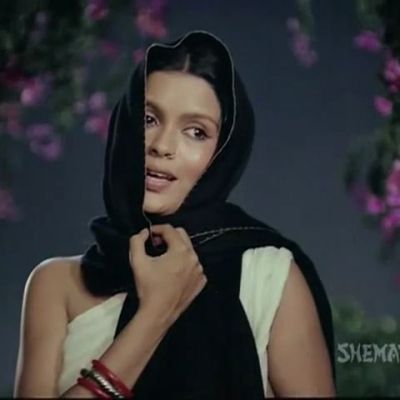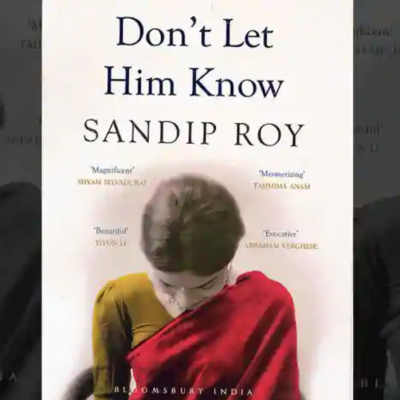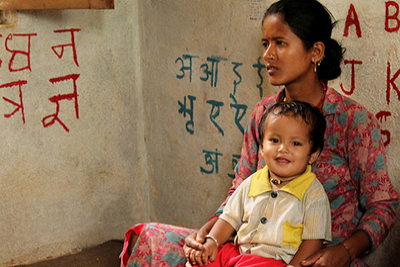Review
The boisterous figure of Indo-Trinidadian chutney soca musician Denise “Saucy Wow” Belfon has ruffled the feathers of many an Indian-origin immigrant sentiment with her song ‘Looking for an Indian Man’.
Celine Sciamma’s ‘Tomboy’, is a brilliantly woven tale that dissolves rigid gender and sexual boundaries and defies quite a few…
Emmi Kurowski (Brigitte Mira), a widow in her sixties, walks into a bar to take shelter from the rain. She is met with hostile stares by a mixed group of Moroccan immigrants and Germans. As a joke, one of his friends challenges Ali (El Hedi ben Salem m’Barek Mohammed Mustafa), a young strapping Berber man, to ask her for a dance. He agrees, and thus begins a romance across the taboo lines of race and age.
The Hollywood rendition of the Geisha world, with Edward Said’s Orientalism [1] thrown in, reminds us of a simple fact: things…
Satyam Shivam Sundaram (Truth, God, Beauty) is the story of Rupa (Zeenat Aman), an archetypical abhagan (wretched girl), whose misery begins at her birth when her mother dies. She is immediately declared an accursed child and is shunned by others. Later, a freak accident results in scalding oil splashing across one side of her face, leaving her permanently scarred. Nevertheless, she goes about her daily life – alone, yet content.
There are many ways of looking at Blue is the Warmest Colour, last year’s French release about a love story…
‘All I have to say is sporty spice is the only one without a bloke’ is the warning given by…
To their neighbours, as to themselves, Frank and April Wheeler are ‘special’.
With the shifting nature of perceptions around fandom, the discourse around Rainbow Rowell’s Fangirl has witnessed an interesting shift. While earlier, the book found almost unanimous acceptance, in recent times, it has completely faded into irrelevance.
Using silent actions and secret fulfillment of what society considers as sin and the law condemns as illegal, the text offers an example of the silence of resistance.
Fouzia Azeem, more popularly known as Qandeel Baloch,was called Pakistan’s Kim Kardashian. Madiha Tahir, a journalist and filmmaker who is interviewed in the documentary,questions this comparison. To quote her: “She (Qandeel) is not Kim Kardashian at all. She is not famous for being rich. An upper-class woman would have her class protection and it’s unlikely that an upper-class woman would be supporting her family from these social media videos.”
Wicked Little Letters (2023) is based on a true story of a scandal in the early 1920s in the seaside…
The year 2015 is a momentous year as it marks the target date for reporting the achievements of the Millennium…














